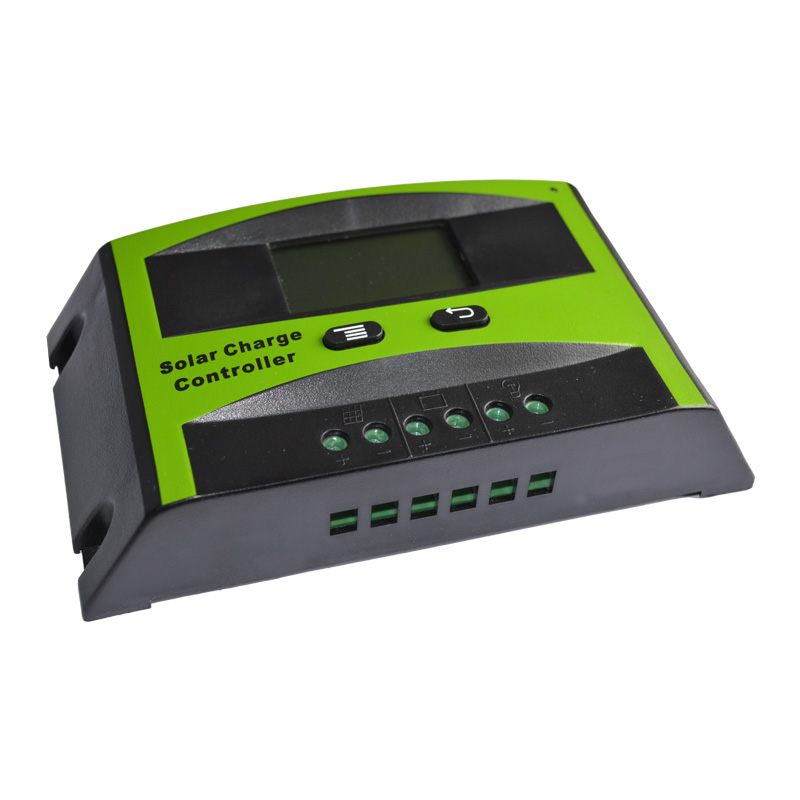Considerations related to PWM solar controllers
2023-11-17
A PWM (Pulse Width Modulation) solar controller, also known as a PWM solar charge controller, is a device used in solar power systems to regulate and control the charging of batteries from solar panels. It helps manage the flow of electrical energy from the solar panels to the batteries, preventing overcharging and ensuring optimal charging conditions. Here are key features and considerations related to PWM solar controllers:
1. Charging Method:
- Pulse Width Modulation (PWM): PWM controllers use a switching technique to regulate the charging current sent to the battery. It controls the voltage by rapidly switching the connection between the solar panel and the battery.
2. Basic Operation:
- When the battery voltage is low, the PWM controller allows maximum current to flow to the battery. As the battery voltage rises, the controller gradually reduces the flow of current to prevent overcharging.
3. Voltage Regulation:
- Voltage Sensing: PWM controllers monitor the battery voltage and adjust the charging current to maintain the battery within a safe voltage range.
4. Battery Types:
- Compatibility: PWM controllers are suitable for charging lead-acid batteries, including both flooded (wet), gel, and AGM (absorbent glass mat) batteries.
5. Efficiency:
- Efficiency Ratings: PWM controllers are generally less efficient than MPPT (Maximum Power Point Tracking) controllers, which are another type of solar charge controller. MPPT controllers are more advanced and can extract more power from the solar panels under certain conditions.
6. Simplicity:
- Simple Design: PWM controllers have a simpler design compared to MPPT controllers, making them more cost-effective and easier to use.
7. Heat Dissipation:
- Heat Generation: PWM controllers can generate more heat compared to MPPT controllers, which may require additional measures for heat dissipation in certain conditions.
8. Overcharge Protection:
- Overcharge Prevention: The PWM controller reduces the charging current as the battery approaches full capacity, preventing overcharging and extending battery life.
9. Load Control:
- Load Output: Some PWM controllers come with load terminals, allowing you to connect and power DC loads directly from the controller.
10. Remote Monitoring:
- Remote Monitoring Capability: Some advanced PWM controllers may offer features for remote monitoring and control, allowing users to check the system status and adjust settings.
11. Installation:
- Ease of Installation: PWM controllers are relatively easy to install and are often recommended for smaller solar power systems or applications with simpler requirements.
12. Cost Considerations:
- Affordability: PWM controllers are generally more affordable than MPPT controllers, making them suitable for budget-conscious solar power system installations.
When choosing a PWM solar controller, it's essential to consider factors such as the size of the solar panel array, the battery capacity, and the specific requirements of the solar power system. For larger and more complex systems, MPPT controllers may be preferred for their enhanced efficiency and advanced features.



